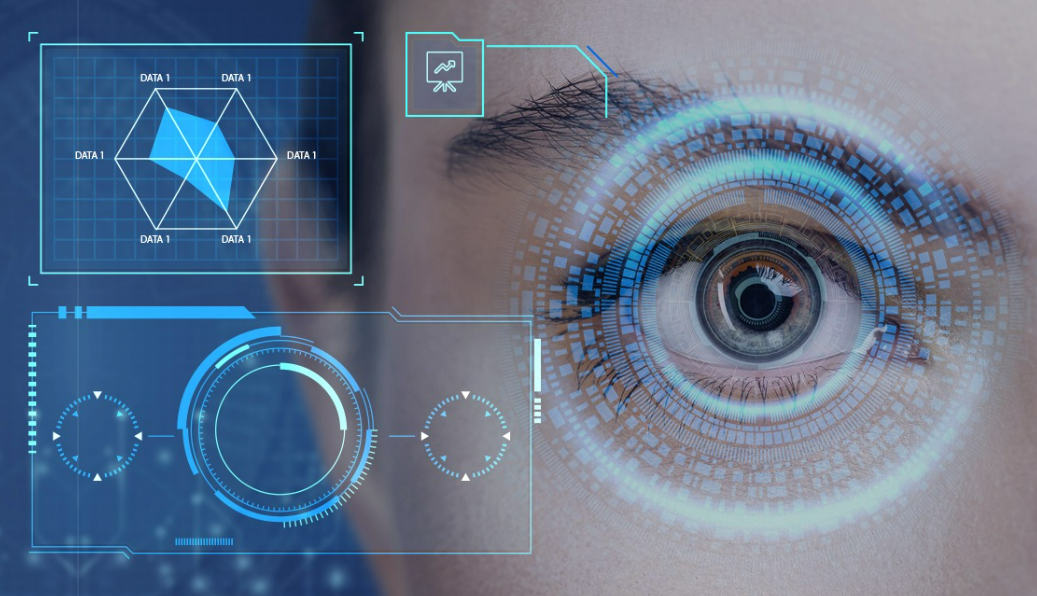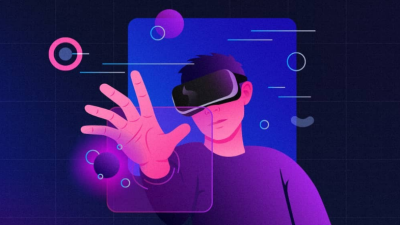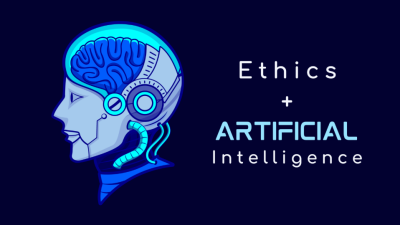Augmented reality experiences have become increasingly sophisticated in recent years.
Behind every compelling AR application lies powerful computer vision technology.
These techniques allow devices to “see” and understand the physical world.
Without computer vision, the seamless blend of digital and physical elements that defines AR would be impossible.
The evolution of these technologies has directly shaped what’s possible in augmented reality experiences.
Object Recognition and Tracking
Modern AR applications can identify objects with remarkable accuracy.
This capability relies on deep learning models trained on massive image datasets.
When your AR shopping app recognizes a piece of furniture, it’s using these techniques.
Object tracking algorithms then monitor these items as they move through the camera view.
Even when objects become partially obscured, sophisticated tracking methods maintain their digital overlays.
This persistence creates the illusion that digital elements truly exist in physical space.
Simultaneous Localization and Mapping (SLAM)
SLAM technology represents one of the most important breakthroughs for AR applications.
This technique creates a real-time map of the environment while simultaneously tracking the device’s position within it.
SLAM works by identifying distinctive visual features in the environment.
These features serve as anchors for placing digital content precisely.
Modern SLAM algorithms can process visual data with minimal power consumption.
This efficiency has made sophisticated AR possible on everyday smartphones.
Depth Sensing and Spatial Mapping
Understanding the three-dimensional structure of spaces has transformed AR interactions.
Depth sensors measure the distance to objects in view, creating detailed spatial maps.
These maps allow digital elements to interact realistically with physical surfaces.
Virtual balls can bounce off real tables. Digital characters can hide behind actual furniture.
As noted by experts at AR Marketing Tips, this spatial understanding creates more convincing and engaging experiences.
Even devices without dedicated depth sensors can now estimate spatial information from regular camera feeds.
Facial Recognition and Tracking
Computer vision techniques have made facial AR features ubiquitous in social media.
These systems identify facial landmarks with sub-millimeter precision.
They track dozens of points around the eyes, mouth, and face contours.
This tracking persists even during rapid movements and changing expressions.
These capabilities enable everything from playful filters to virtual makeup applications.
More advanced systems can even track minute changes in facial muscles to detect emotions.
Gesture Recognition
Hand tracking and gesture recognition have opened new interaction possibilities.
Users can manipulate virtual objects with natural hand movements.
These systems identify hand positions and finger configurations in real-time.
The technology has evolved from recognizing simple gestures to understanding complex hand poses.
This advancement has eliminated the need for controllers in many AR applications.
The result is a more intuitive and immersive user experience.
Scene Understanding and Contextual Awareness
Modern computer vision goes beyond recognizing individual objects.
It now understands entire scenes and their components’ relationships.
An AR system can identify a kitchen with all its appliances and functional areas.
This contextual awareness enables more intelligent placement of digital content.
Recipe apps can place ingredient lists near food preparation areas.
Navigation systems can highlight doorways or pathways through complex environments.
Light Estimation and Environmental Understanding
Realistic integration of digital objects requires understanding environmental lighting.
Computer vision techniques analyze shadows and highlights to determine light sources.
This information allows digital objects to cast appropriate shadows.
Virtual elements can reflect ambient lighting conditions, enhancing their realism.
Some systems even analyze surface textures to determine how light should interact with digital objects placed on them.
Challenges in Real-World Implementation
Despite impressive advances, computer vision for AR faces significant challenges.
Varying lighting conditions can dramatically affect recognition accuracy.
Highly reflective or transparent surfaces often confuse depth sensors.
Processing complex visual data requires substantial computing power.
Balancing performance with battery life remains a constant struggle.
Developers continue to find innovative solutions to these persistent challenges.
Edge Computing for Improved Performance
Processing visual data on-device rather than in the cloud has transformed AR responsiveness.
This edge computing approach reduces latency significantly.
Users experience near-instantaneous interactions rather than noticeable delays.
Privacy concerns are also addressed by keeping sensitive visual data local.
Specialized chips now accelerate computer vision tasks on mobile devices.
These hardware advancements have expanded what’s possible in everyday AR applications.
Neural Networks and Machine Learning
Deep learning has revolutionized computer vision capabilities for AR.
Convolutional neural networks excel at extracting meaningful features from images.
These networks improve with exposure to more training data.
Transfer learning techniques allow models trained on general images to adapt to specific AR tasks.
The result is more accurate object recognition with less development time.
Ongoing research continues to produce more efficient neural network architectures.
Real-World Applications Transforming Industries
Industrial maintenance technicians use AR to identify equipment parts through computer vision.
Medical professionals employ these technologies for vein visualization during procedures.
Retailers leverage object recognition for virtual try-before-you-buy experiences.
Architecture firms use spatial mapping to place virtual buildings in actual environments.
Educational applications identify physical objects to overlay related information.
The applications continue to expand as the technology becomes more accessible.
The Future of Computer Vision in AR
Computer vision techniques will continue to evolve toward more human-like understanding.
We’ll see systems that can predict object interactions and physical behaviors.
Processing will become more efficient, enabling richer experiences on everyday devices.
The distinction between what computers and humans can see will progressively narrow.
AR experiences will become increasingly indistinguishable from natural vision.
Conclusion
Computer vision techniques form the backbone of modern augmented reality applications.
From basic object recognition to sophisticated environmental understanding, these technologies enable the seamless blending of digital and physical worlds.
As computer vision continues to advance, we’ll see AR experiences become increasingly natural and intuitive.
The future of augmented reality is inextricably linked to these ever-evolving visual perception technologies.
For developers and businesses alike, understanding these computer vision foundations is essential for creating compelling AR experiences.





